- What Length of Putter Do I Need? Quick and Simple GuidePosted 4 weeks ago
- The Top 10 Best Golf Putters for 2024 | Buyers GuidePosted 1 month ago
- The Best Powakaddy Golf Bags for 2024 – Updated ListPosted 1 month ago
- The Top 10 Best Summer Golf Shoes 2024 – Let The Sun ShinePosted 1 month ago
- Top 10 Best Childrens Golf Clubs for 2024 – Stunning Kids Golf SetsPosted 1 month ago
- Top 80 Awesome Christmas Golf Gifts 2024Posted 1 month ago
- The Best Golf Ball in Golf 2024 – It’s Obvious – You Already Know!Posted 1 month ago
- The Top 10 Best Ladies Waterproof Golf Shoes 2024 – Updated ListPosted 1 month ago
- Top 21 Mens Black Golf Shoes in 2024 – Updated ListPosted 1 month ago
- The 7 Best Golf Balls for Beginners in 2024Posted 1 month ago
Golf Club Loft Chart – The Truth About Lofts and How They’ve Changed
Golf Club Loft Chart – The Truth About Lofts.
Since this article was written, many golf manufacturers have stated that the loft of a golf club has to be reduced by so much as the clubs they produce hit the ball so high. If they kept the loft at its usual specification, the consumer would not be comfortable with the flight of the golf shots.
Rising Irons Lofts
Over the past twenty years, the loft on your golf clubs has changed massively. When I was a trainee back in the late eighties, the loft of a seven iron was around 36 degrees; however, many of the modern seven irons have a loft of as little as 30 degrees (This would have been about a 5-iron)
Below, you will see a chart of the more popular clubs on the market, and it is amazing how much they vary. When the manufacturers are questioned about this change, they generally reply with a statement that the modern golf club hits the golf ball higher, and with the modern ball, this lower loft can help the golfer. In truth, the answer to why lofts have been made stronger is pure and simple –
MORE DISTANCE.
If you have an older set of clubs that have a seven iron loft of 34/36 degrees and then you try a new golf equipment manufacturer who has a new club they have just launched, and this has a seven iron loft of 30 degrees, then you will probably get excited because the ball is going a club further and sometime a club and a half further. Well, I’m afraid to say you are not comparing apples with apples as, in simple terms, you are comparing a seven-iron with a six-iron, which should go a club further.
Many of us know this already, but we go along because it is a bit of an ego boost. When you stand on the tee of a par 3, and your mates are hitting a five iron, and you pull out a seven iron and get onto the green, it’s a great feeling and certainly something we can like to recall when we get back to the clubhouse.
What difference does this make, I hear you ask? Well, it is not a big issue in the scheme of things as it is only a number on the bottom of the club, but this can cause some big issues when it comes to getting the correct wedges into your bag. When you consider that a sand wedge needs to be at least 56 degrees to play any lob or bunker shot. Now look at the chart below, and you will see that a Cobra AMP Cell iron has a PW loft of 42 degrees, giving you a gap of 14 degrees. Given that you should have a 4-degree gap between clubs, this would mean you will need up to 3 additional wedges, and if you wanted a lob wedge as well, your bag could have five wedges in your golf bag!!!
Look at the difference in the loft of these two irons
Also, it has implications at the other end of the bag as a number 3 iron can have as little as 18 degrees of loft, so you have to make doubly sure that you get the correct gapping in your longer clubs as it is quite feasible to purchase a five wood with 18 degrees and a rescue club at 18 degrees. Three clubs that might all go the same distance are not very useful. This answers the question about why golfers cannot hit 3 and 4 irons these days, as the lofts on them are so low that they are the equivalent of number 1 and 2 irons, which are only for the low handicaps and professionals.
What is the answer?
I would like the manufacturers to remove the numbers from the bottom of the club and simply have a loft displayed and rather than stating that you hit a 5 iron you would state that you were hitting 30 degrees (which would be shortened to 30 in time.) This would allow us to compare properly but alas, I cannot ever see this happening as the numbers on the clubs are part of the traditions of the game, and I doubt the club manufacturers would subscribe to this as then they would have to find other ways for you to hit an iron club further.
Below is an interesting comparison of some of the top clubs on the market, and it is interesting how they vary so much. (lofts rounded up)


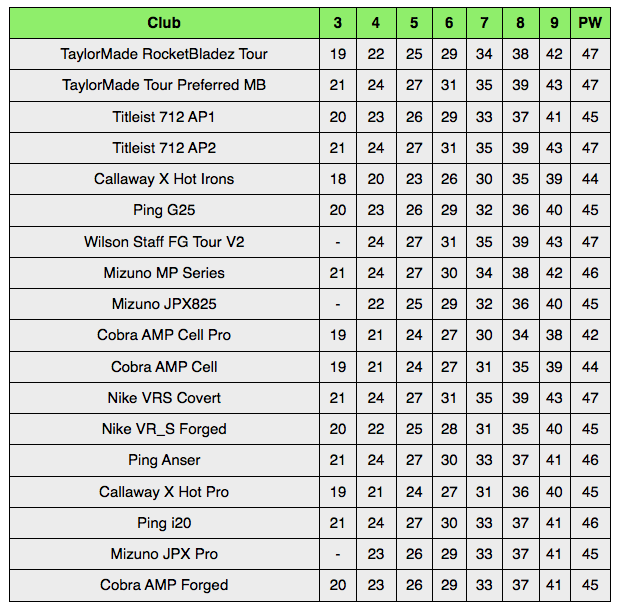
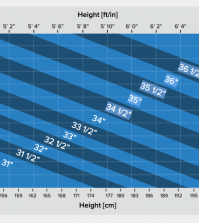
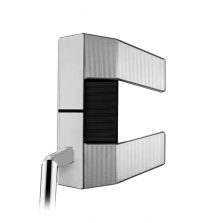
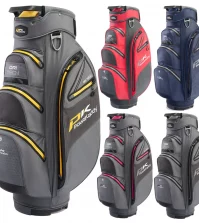
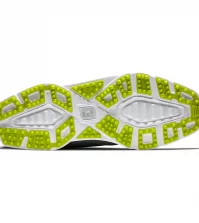
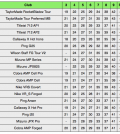
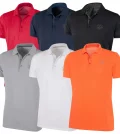
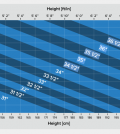
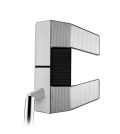
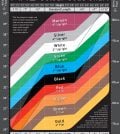
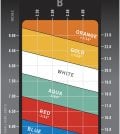
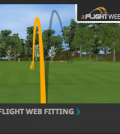
One Comment